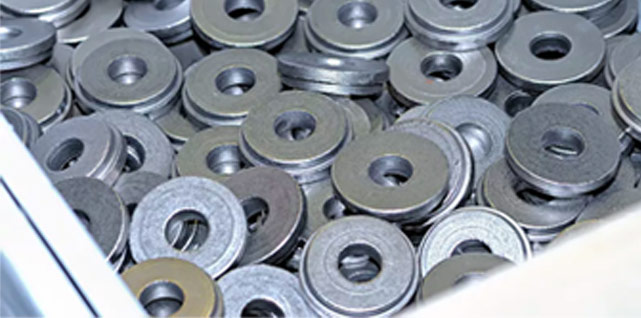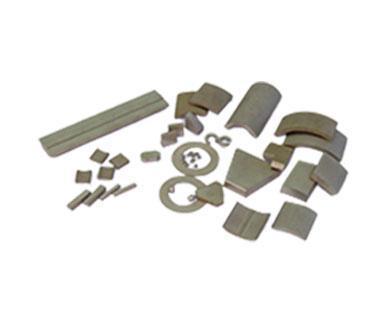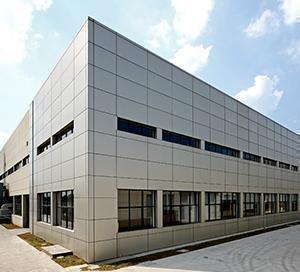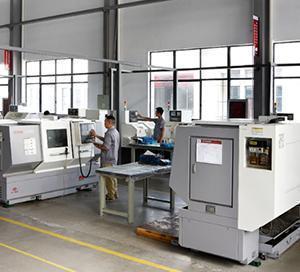With the rapid development of industrialization and urbanization, water pollution is becoming more and more serious. In order to find efficient and environmentally friendly water treatment methods, scientists are constantly exploring new technologies. Among them, liquid magnet trap as a new technology, with its unique advantages in the field of water treatment has attracted wide attention. In this paper, the application and potential of liquid magnet trap in removing contaminants from water will be discussed in depth.
The Working Principle of Liquid Magnet Trap
A liquid magnet trap is a device that uses magnetic fields to separate and remove contaminants from water. The core principle is to use the interaction between magnetic nanoparticles or magnetic fluids and the target contaminant. These magnetic materials can selectively adsorb and gather pollutants in water, such as heavy metal ions and organic pollutants, under the action of external magnetic fields. By adjusting the strength and direction of the magnetic field, the efficient separation and removal of pollutants can be achieved.
The Application of Liquid Magnet Catcher in Water Treatment
Heavy metal ion removal: Heavy metal ion is one of the common pollutants in water, which poses a serious threat to human health and the environment. Liquid magnet trap can absorb heavy metal ions, such as lead, mercury, cadmium, etc. through magnetic materials, so as to achieve their efficient removal.
Organic pollutants treatment: Organic pollutants in water bodies, such as dyes, pesticides, etc., are difficult to completely remove through traditional methods. The liquid magnet trap uses the interaction between magnetic materials and organic pollutants to achieve efficient adsorption and separation of organic pollutants.
Oil-water separation: In industrial processes, oil-water mixture is a common form of wastewater. The liquid magnet trap can realize the efficient separation of oil-water mixture through the selective adsorption of oil droplets by magnetic fluid, which provides a new solution for wastewater treatment.
Challenges and Prospects of Liquid Magnet Trap
Although liquid magnet trap shows great potential in removing contaminants from water, there are still some challenges. For example, the high preparation cost of magnetic materials limits their large-scale application; At the same time, the influence mechanism of magnetic field on magnetic materials still needs to be further studied to improve the removal efficiency.
Looking to the future, with the continuous progress of science and technology, we have reason to believe that liquid magnet trap will play a more important role in the field of water treatment. By optimizing the preparation process of magnetic materials, reducing costs, and in-depth research into the mechanism of magnetic field action, liquid magnet trap is expected to become an efficient, environmentally friendly and economical water treatment technology, contributing to the solution of global water pollution.
 English
English 日本語
日本語 한국어
한국어 français
français Deutsch
Deutsch Español
Español italiano
italiano русский
русский português
português العربية
العربية





